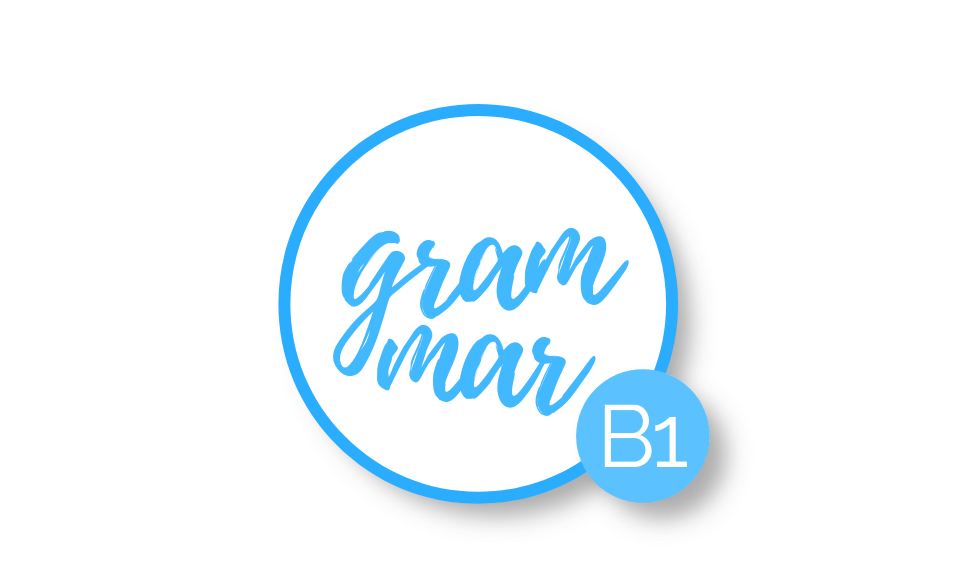cómo se dice «hay» en inglés
En español, hay no distingue singular de plural y permanece invariable —hay un perro, hay dos perros, hay mil perros. No nos importa si hay uno o varios.
Sin embargo, hay en inglés se distingue singular de plural —there is si solo hay una cosa o persona y there are si hay varias. There is se puede contraer a there’s pero there are no tiene contracción.
there is |
|
hay |
singular |
there are |
|
hay |
plural |
Veamos un ejemplo sencillo.
| There is a dog | Hay un perro |
| There are two dogs | Hay dos perros |
There are se utiliza con los nombres en plural y there is en singular, pero además, there is se utiliza con los sustantivos incontables, que no tienen plural.
| There is some money | Hay (algo de) dinero |
| There is some water | Hay (algo de) agua |
Si te fijas, verás que para decir «hay» en inglés se utiliza el verbo to be, por lo que seguimos sus reglas para hacer la interrogativa y la negativa, que ya conocemos.
afirmativa
there is hay
there are hay
| There is a problem | Hay un problema | singular |
| There is some money | Hay algo de dinero | incontables |
| There are many people | Hay mucha gente | plural |
Recuerda que la palabra people en inglés es plural, por lo que va siempre con there are y no con there is.
interrogativa
is there? ¿hay?
are there? ¿hay?
| Is there a problem? | ¿Hay algún problema? | singular |
| Is there any money? | ¿Hay algo de dinero? | incontables |
| Are there many people? | ¿Hay mucha gente? | plural |
negativa
there isn’t no hay
there aren’t no hay
| There isn’t a problem | No hay ningún problema | singular |
| There isn’t any money | No hay nada de dinero | incontables |
| There aren’t many people | No hay mucha gente | plural |
cómo se dice «queda» en inglés
Para poder decir queda en inglés utilizamos there is & there are, y añadimos left detrás de la cosa que quede.
there is ……… left
there are ……… left
| There is some milk left | Queda algo de leche |
| There are two steaks left | Quedan dos filetes |
| Is there any sugar left? | ¿Queda algo de azúcar? |
| There isn’t any coffee left | No queda nada de café |
Para decir me queda, te queda, le queda… se usa el verbo have en lugar de there is & there are, añadiendo detrás left.
| I have some money left | Me queda algo de dinero |
| She only has one friend left | Solo le queda un amigo |
Como hemos visto, la forma impersonal del verbo haber en inglés se hace con el verbo to be. There is utiliza el to be en singular, como he is, mientras que there are utiliza el to be en plural, como they are.
Para aprender a decir había, habrá, habría… basta con conjugar el verbo to be en el tiempo que queramos. En la la segunda parte de esta lección está todo explicado.
ejercicios
- todos
- Adjetivos Posesivos
- rellenar

